Art Cologne Director Daniel Hug on How Germany’s Shifting Politics Are Affecting the Country’s Art Market
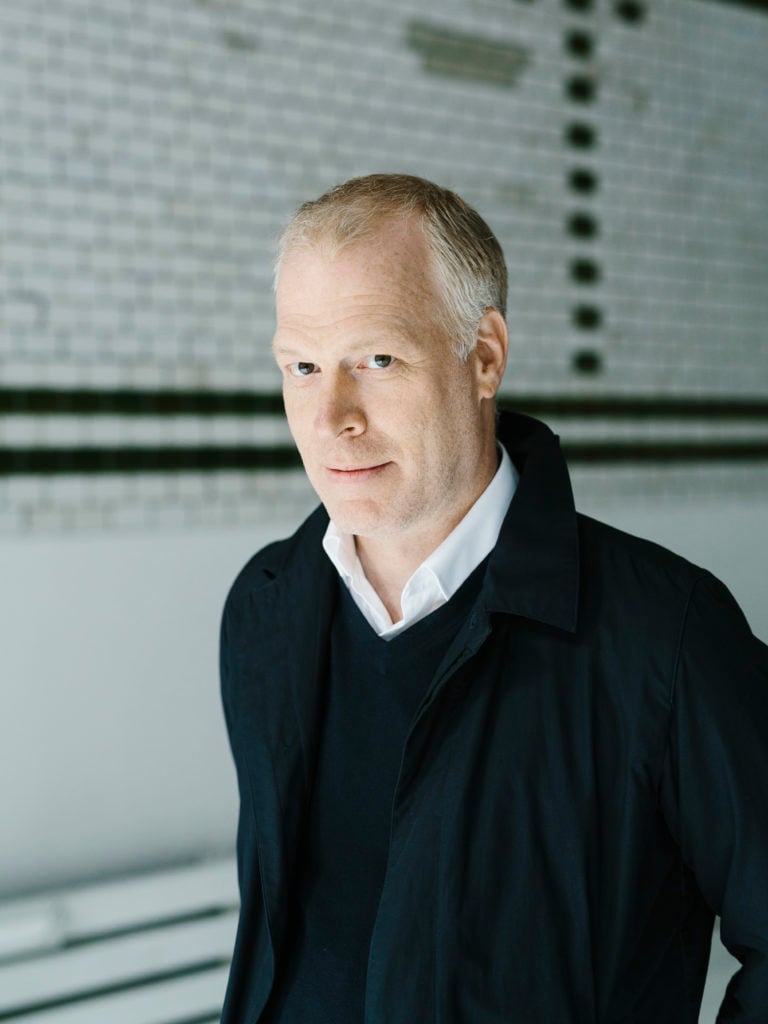

Taylor Dafoe

Art Cologne is the world’s oldest art fair, founded in 1967 by Hein Stünke and Rudolf Zwirner. But that’s not the only thing that distinguishes it from competitors on the international circuit. According to Daniel Hug, the director of the fair, Art Cologne brings a distinctly German perspective, a devoted local collector base, and a long history of innovation.
Hug says this year’s fair will be as strong as ever, despite increased taxes and stricter exportation laws that have slowed the German art market in recent years. In advance of Art Cologne 2018 opening this week, artnet spoke with the director about the country’s shifting political landscape and what makes German collectors so special.
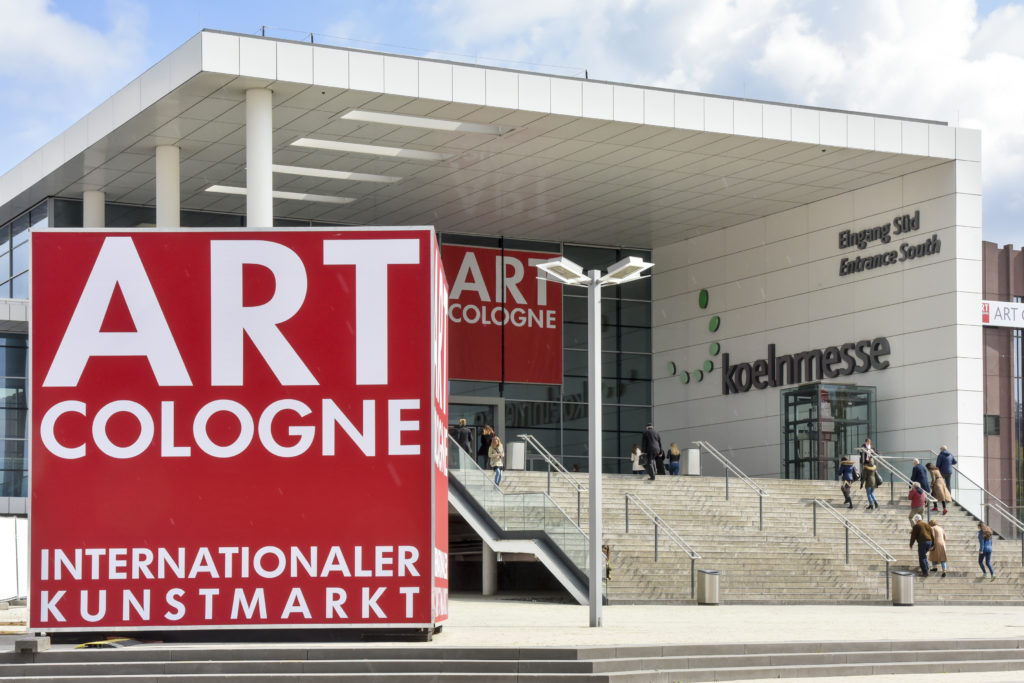
Art Cologne southern entrance, 2017. Courtesy of Art Cologne.
What are some of the highlights of this year’s fair?
Well, we have the heavy hitters, like Hauser & Wirth, David Zwirner, Gagosian, Sprüth Magers, Lisson, and White Cube. But I‘m particularly excited about the many quality mid-level galleries coming this year, like Giò Marconi, Nagel Draxler, Jerome Poggi, and Eigen+Art. We also have two galleries from the Baltic states this year—Galerija Alma from Riga and Galerija VARTAI from Vilnius. VARTAI has done Art Cologne in the past, but this will be the first time we have a gallery from Latvia. It’s those galleries who make a fair like Art Cologne exceptionally strong.
The sector NEUMARKT brings together many important young galleries, like Union Pacific and Rob Tufnell from London, Kai Matsumiya from New York, Polansky from Prague, and Jan Kaps from Cologne, among others. Also, in our COLLABORATIONS sector, we have a fantastic mix of both established to young cutting-edge galleries. Collaborative proposals and projects include Isabella Bortolozzi and Fons Welters presenting Juliette Blightman and Olga Balema; and Jocelyn Wolff, Esther Schipper, and Galerie nächst St. Stephan presenting a solo exhibition of Isa Melsheimer. There are also several special exhibitions worth keeping an eye out for. FILM COLOGNE brings video art from southeast Asia, and ZADIK is presenting an exhibition called “THE KÖLN SHOW” that focuses on avant-garde galleries in the 1990s. Finally, we have commissioned young Berlin-based artist Zuzanna Czebatul to create a large-scale, 1,800-square-meter carpet installation in the south entrance.
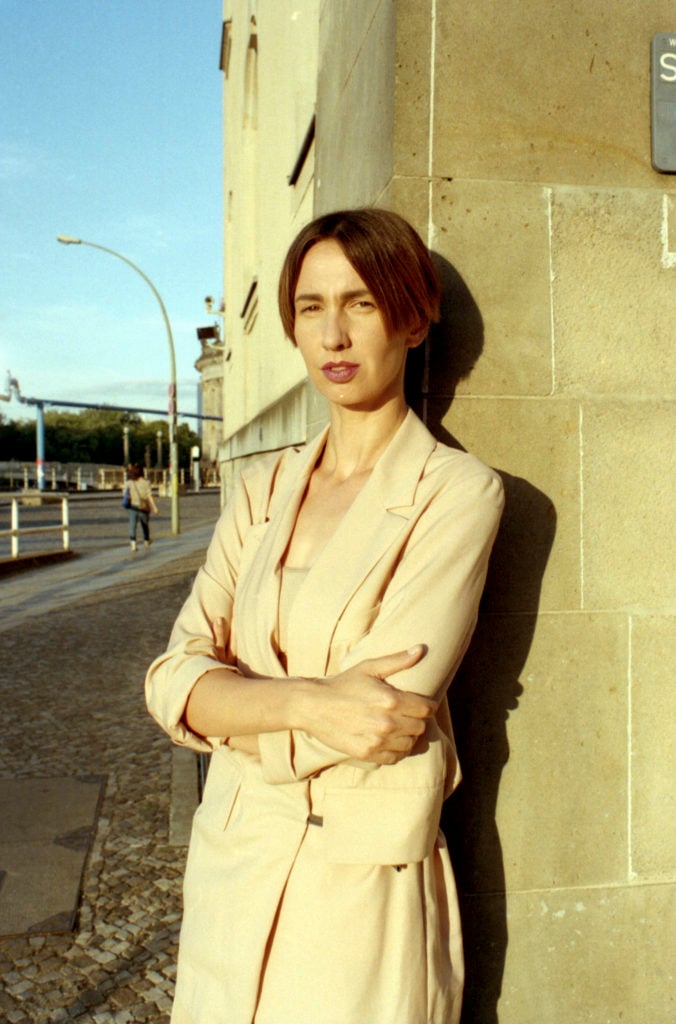
Zuzanna Czebatul. Courtesy of Art Cologne. Photo: Søren Drastrup
This is the first edition of the fair since last year’s polarizing elections in Germany. In what ways has the shifting political landscape affected the German art market and the kind of art being produced there?
Art has always been political and shifting times often influence the work of artists. I don’t see an immense increase in political art that focuses on the shifting landscape in Germany, but I have noticed more work confronting global political problems. Young artists especially are addressing the current political climate in their artwork. For me, art is somehow a result of confronting both one’s self and one‘s environment.
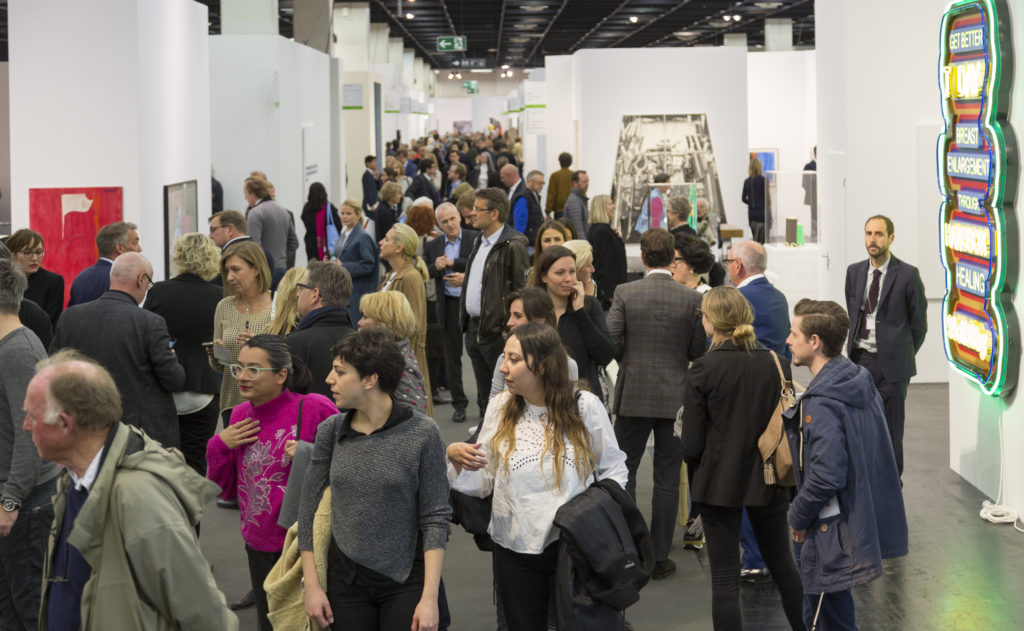
Impression of Art Cologne 2017. Courtesy of Art Cologne.
Earlier this year, members of the new German government proposed reducing the value-added tax (VAT) rate on artworks. What are your thoughts about this?
The reduction currently under consideration would significantly boost the German art market, providing particular support for the regional galleries operating on a local level. After four years under the 19 percent VAT rate in Germany, I have definitely noticed a diminishing number of young galleries opening. Germany has a strong middle and upper class that are well informed on arts and culture, but this group is discouraged by the higher costs of buying art by young and emerging artists based in Germany. Those sales would be boosted by the reduced VAT rate.
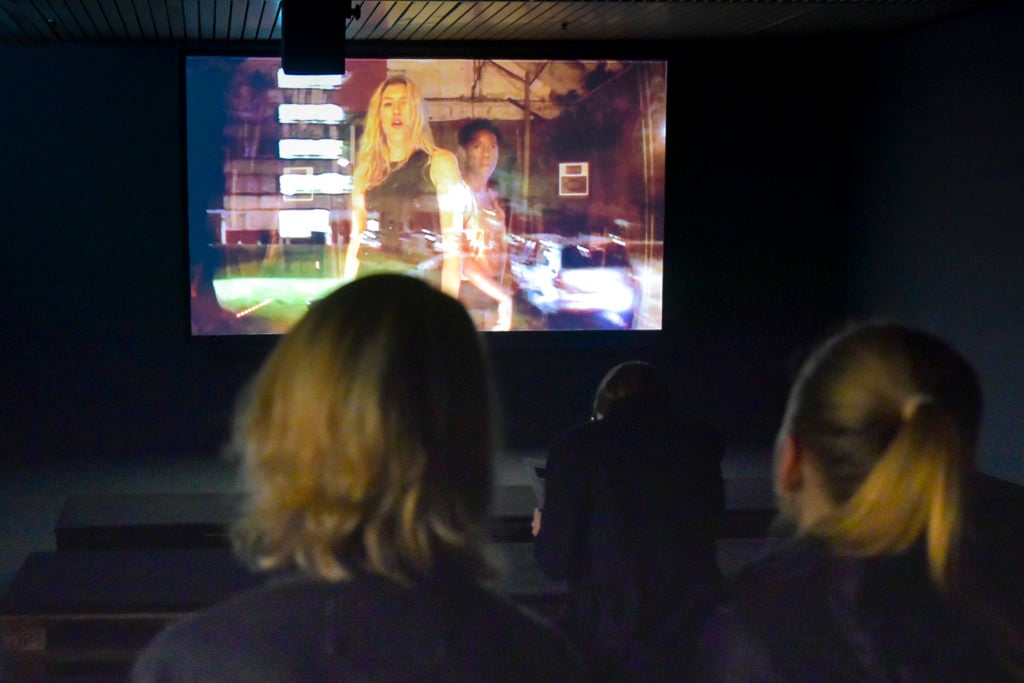
Visitors in the fair’s FILM COLOGNE sector, 2017. Courtesy of Art Cologne.
Among all international art fairs, Art Cologne is recognized as having one of the most loyal and sophisticated collector bases, especially on the local level. How has the fair been able to achieve this? What are the ingredients that make German collectors special?
Art Cologne began in 1967 as a fair with 18 galleries. It is the oldest of its kind, combining both 20th and 21st century art, and it has a long history of introducing new elements to the traditional model. We are an international fair but not a franchise with offshoots all over the world. In many ways Art Cologne has stayed true to itself, reflecting both the German art market and global art market from a German perspective. We’ve become integral to the German collectorship.
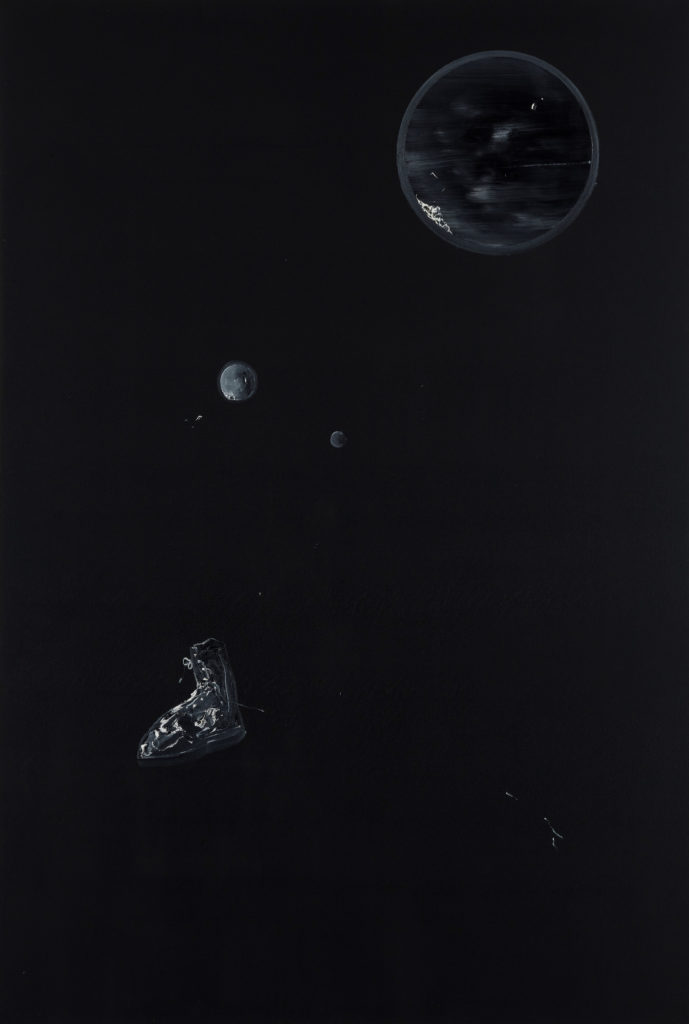
Erik Apalais, Untitled (2017). Courtesy of Galerie Alma, Riga. Galerie Alma is one of two galleries from the Baltic states participating in Art Cologne this year.
Other than being the oldest, what distinguishes Art Cologne from other art fairs around the world? Why is this fair important now?
I think what makes it special is that it still sticks to the intentions of founders Hein Stünke and Rudolf Zwirner. It is an international fair which reflects a distinctly German perspective. Like anything, Art Cologne has had its ups and downs, but right now it has regained the importance it used to have in years past. However, the biggest reason why the fair is important is the strength of the galleries and program.